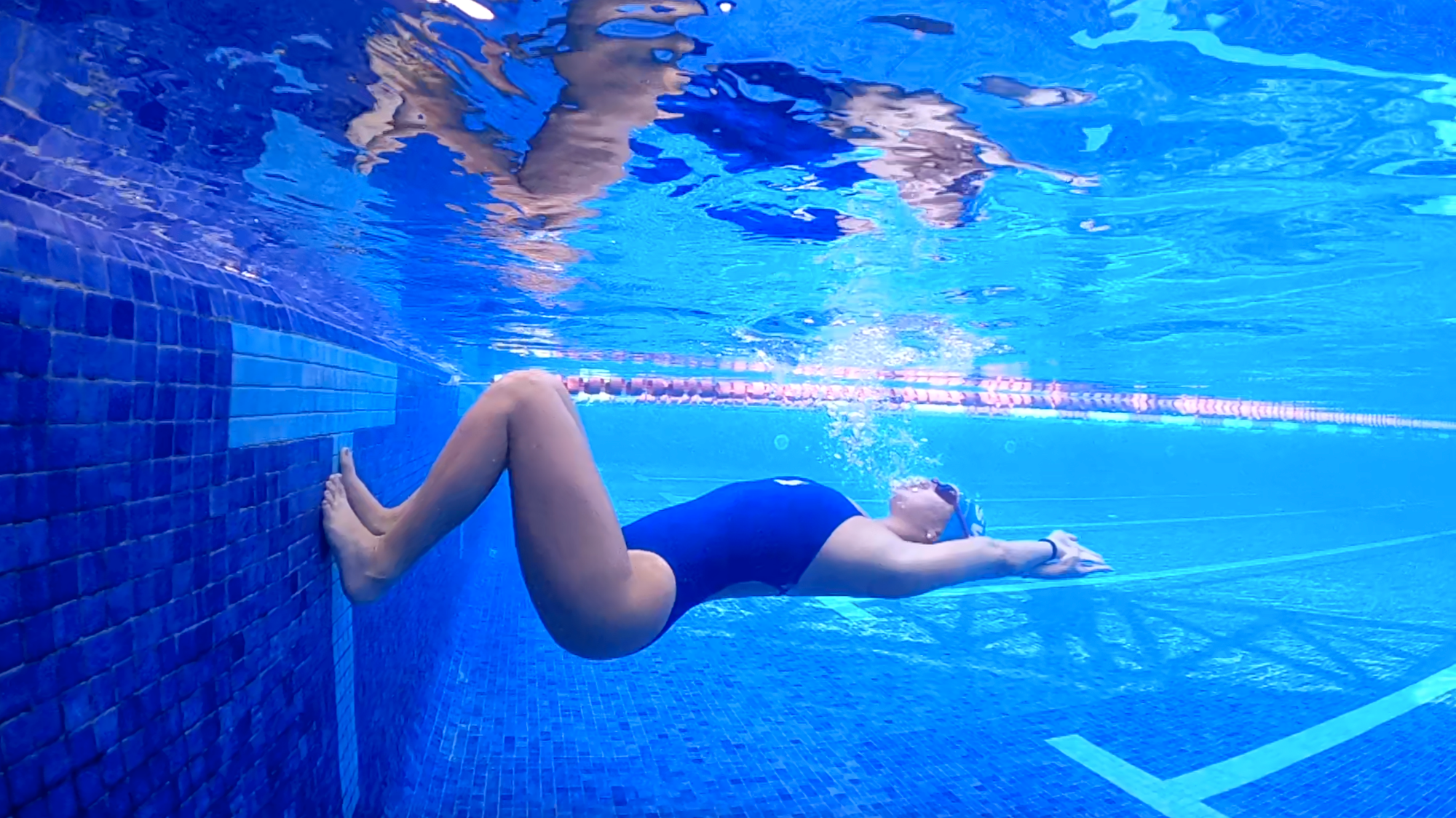The freestyle flip turn is a skill that separates casual swimmers from those who swim with speed and efficiency. The move helps competitive swimmers maintain momentum when transitioning from one lap to the next. While it may look seamless when done correctly, mastering the freestyle flip turn takes practice, precision, and the right technique.
We’ll break down the mechanics of a perfect freestyle flip turn and provide tips to help you nail it every time, whether you’re a beginner or looking to refine your skills.
What is a Freestyle Flip Turn?
A freestyle flip turn is a maneuver used in swimming to reverse direction at the wall while maintaining speed and minimizing resistance. Unlike open turns, where swimmers touch the wall with their hands, flip turns rely on a somersault-like motion that allows swimmers to push off the wall with their feet. This technique is essential in freestyle and backstroke events, saving time and energy.
Why Master the Freestyle Flip Turn?
The freestyle flip turn is more than just a fancy move—it’s a critical skill for swimmers who want to improve their lap times and efficiency. Here’s why it matters:
Maintains Momentum:
-
-
- The flip turn minimizes interruptions in your swim, helping you maintain speed through the turn.
-
Saves Time:
-
-
- Flip turns are significantly faster than open turns, shaving valuable seconds off your lap times.
-
Improves Efficiency:
-
-
- A well-executed flip turn uses minimal energy, allowing you to conserve strength for the rest of your swim.
-
Enhances Confidence:
-
- Mastering the freestyle flip turn boosts your confidence in the pool, making you feel like a pro swimmer.
Mechanics of a Perfect Freestyle Flip Turn
To nail the freestyle flip turn, it’s important to understand its key components. Let’s break it down step by step:
1. Approach the Wall
- Swim at full speed as you approach the wall.
- Focus on maintaining a straight and streamlined body position.
2. Gauge Your Distance
- Begin your flip about one to two strokes away from the wall.
- You aim to execute the turn smoothly without getting too close or far from the wall.
3. Tuck and Flip
- Tuck your chin toward your chest and initiate a forward somersault.
- Use your core muscles to bring your legs over your body.
4. Plant Your Feet
- As your legs swing over, plant your feet firmly on the wall.
- Position your feet shoulder-width apart, with your toes pointing slightly upward.
5. Push Off
- Extend your legs powerfully to push off the wall.
- Aim for a streamlined body position, with your arms stretched above your head.
6. Glide and Resume Swimming
- Glide briefly underwater before transitioning into your freestyle stroke.
- Maintain a tight core and minimize resistance as you surface.
Common Mistakes and How to Fix Them
Even experienced swimmers can struggle with certain aspects of the freestyle flip turn. Here are some common mistakes and how to correct them:
1. Starting the Flip Too Late
- Problem: If you’re too close to the wall, you may hit it with your knees or struggle to plant your feet.
- Solution: Practice gauging your distance and initiate the flip about one arm’s length from the wall.
2. Improper Foot Placement
- Problem: Feet that are too high or too low on the wall reduce the power of your push-off.
- Solution: Aim to plant your feet at a 45-degree angle, shoulder-width apart.
3. Breaking Streamline
- Problem: Failing to maintain a streamlined position during the glide increases drag.
- Solution: Focus on tightening your core and keeping your arms straight above your head.
4. Over-Rotating
- Problem: Flipping too forcefully can cause you to rotate more than necessary, wasting time.
- Solution: Use controlled movements and rely on your core muscles for balance.
Tips to Master the Freestyle Flip Turn
Perfect Your Timing
-
-
- The key to a smooth flip turn is initiating the somersault at the right moment. Practice this by swimming laps and experimenting with different starting points.
-
Engage Your Core
-
-
- Strong core muscles are essential for executing the flip and maintaining balance. Incorporate core exercises like planks and leg raises into your training.
-
Practice Streamlining
-
-
- Work on your underwater glide by practicing streamlined pushes off the wall during drills.
-
Break It Down
-
-
- If the full flip turn feels overwhelming, break it into smaller components. Practice the somersault first, then add the push-off and glide.
-
Get Feedback
-
- Ask a coach or teammate to watch your flip turns and provide constructive feedback. You can also record yourself to analyze your technique.
Drills to Improve Your Freestyle Flip Turn
Incorporating drills into your practice sessions is a great way to refine your flip turn. Here are a few effective exercises:
1. Somersault Drill
- Practice forward somersaults in the water to build confidence and coordination.
- Focus on tucking your chin and using your core to complete the flip.
2. Push-Off Drill
- Start with your feet on the wall in a streamlined position. Push off and glide underwater, focusing on minimizing drag.
3. Half-Turn Drill
- Swim to the wall and perform only the flip without the push-off. This helps you master the flipping motion.
4. Full Flip Turn Drill
- Perform the complete flip turn slower, focusing on technique rather than speed. Gradually increase your speed as you improve.
Why the Freestyle Flip Turn Matters for Competitive Swimmers
For competitive swimmers, every second counts. The freestyle flip turn is a crucial skill that can make the difference between winning and losing a race. A well-executed flip turn allows swimmers to maintain their momentum, save energy, and stay ahead of the competition.
Mastering the freestyle flip turn improves lap times and demonstrates a swimmer’s dedication to technique and efficiency, which are essential qualities for success in the sport.
Conclusion
The freestyle flip turn is a cornerstone skill for anyone serious about improving their swimming performance. It combines timing, technique, and power to ensure seamless transitions between laps. While it may initially seem challenging, consistent practice and attention to detail will help you perfect this essential maneuver.
If you’re ready to take your swimming skills to the next level, connect with The Race Club for expert guidance and resources to help you achieve your goals. With the right support, you’ll be flipping like a pro in no time!





